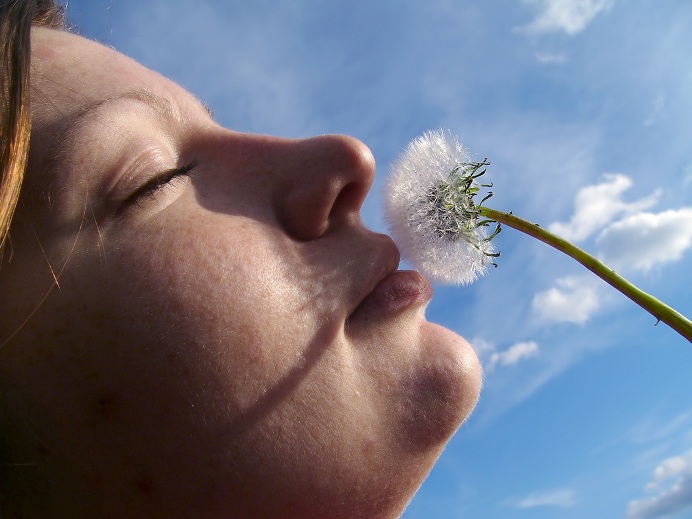Be careful what you wish for, you just might get it!
My daughter had an ornament made out of glass, and in it were a bunch of tiny shells, sand, and a very tiny bucket. It was so cute! (Yes, “was” and “had.”)
Skylar said to me, “Oh Daddy, I wish I could play with the baby shells and bucket.” I explained that would require taking the ornament apart and then you would not have it anymore. I further explained that we could do it, and she decided that she would keep it as is. Since it was so cute!
Well, the next day, she had it all wrapped up in bubble wrap, and I am sure you know where this is heading… She put it down on a chair, and BANG! It fell out and broke on the floor.
She was first worried that we would be mad, and then she began to cry because her ornament was broken.
Reframing
I jumped on the reframe approach rather than on the “I told you so” approach. I said, “Skylar, you should be happy!”
Fighting back the tears, she said, “Why Daddy, my ornament just broke!?!”
I said, “Because now you can play with your baby bucket! Quick, go get a cup to put the shells and bucket in!!”
She ran off as I cleaned up the shards of glass. She came back and although she was sad, we got through it and she now has a new toy.
Once things were a bit calmer, I took the opportunity to explain the idea of watching what you wish for. It was a great discussion!! At the end of the talk, she asked me if I teach this to people, and I said “Yes!”
Creating Our Reality
This is a concept that I teach both in the NLP and Huna trainings.
In the NLP trainings, I say, “The words we use do not describe our reality, but rather they create it.” Many like this quote; however, few fully grasp its meaning at the deepest level. In about a week, I will post an article that deals with perceptions. I also talked about this last week.
Big picture: We tend to create what we are looking for, and our language is a primary means of doing this.
In the Huna Workshops I say, “In the word there is life, and in the word there is death.” (I ka ‘ölelo nö ke ola, I ka ‘ölelo nö ka make.) This is an ancient saying and the terms life and death may sound extreme; however, it is not meant to say that you can literally kill someone. It means you can create and destroy with your words.
Well, that is what Skylar specifically did. She “destroyed” her toy, thus bringing death to one form of that object. Now I did not use that extreme of a term with her, because she is only five. However, I did make the same point.
You see in life, we say things that put that intention and that energy out there. I am sure you can think of a time where you said something, and sure enough it happened. I am also guessing you can think of times where it did not.
Here is what I have learned:
The better you get at personal growth, the more power your words have. When you say something you can put more energy, focus and emotion behind it the clearer you are as an individual.
So yes, in the beginning, not everything you say is going to come true. And yet, as you move along the path, it will get more and more powerful.
Practicing clarity of thought and communication now will set you up for a more positive expression when you reach that point on the path.
Mahalo,
Matt




